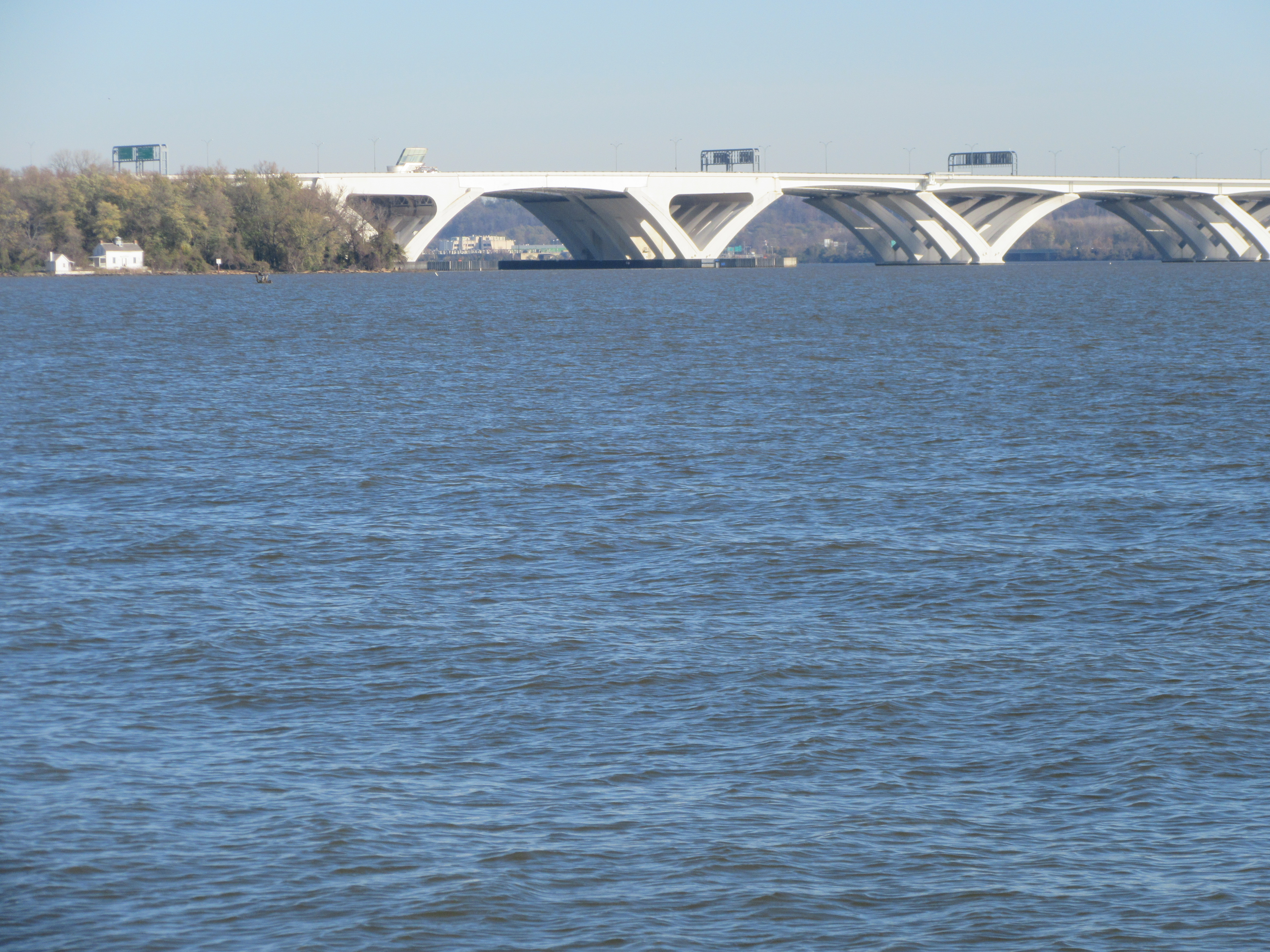The Potomac River, called by some “the nation’s river,” may seem to always be in the backdrop, especially in the public’s mind, but the health of the river and its tributaries is vitally important to four states and the District of Columbia. For starters, five million people in the greater Washington area depend on the river for their drinking water.
Is the river healthy? Yes and no. On May 16, the Potomac Conservancy gave the river a grade of B, up from a B- in 2020, a C in 2013 and a D in 2011. We have seen progress, Conservancy officials say, but more must be done.
In 1965, then-President Lyndon B. Johnson called the Potomac “a river of decaying sewage and rotten algae.” Since the 1972 Clean Water Act became law, some pollution has declined, mainly from what are called “point sources” like factories, sewage treatment plants and farms. But pollution is still a threat.
“Polluted urban runoff is the only growing source of pollution to the Potomac River,” according to the new report card. This stormwater runoff flows off hardened surfaces, like streets, parking lots and roofs and carries street oils, lawn chemicals, trash and even diluted sewage directly into streams that flow into the Potomac and into the river. “We must leave behind a 20th-century mindset where we pave over forests and deal with the consequences later,” said Hedrick Belin, Conservancy President.
The health of rivers depends in part on the lands that surround them. “Potomac River habitats are not improving as quickly as projected,” the report card concludes.
Forested shorelines earned a grade of D+. Trees near shorelines, called “forest buffers,” can hold sediment in place, absorb rainwater and slow down and filter runoff. The Conservancy did find that in 2020, “shoreline trees and plants doubled across the watershed when compared to 2018 and 2019,” but that represents 36 percent of the annual goal of 207 miles.
Water clouded with suspended sediments resulting from runoff, deforestation and poor sediment management blocks sunlight that underwater grasses or submerged aquatic vegetation need to grow. These grasses “are still having a difficult time expanding to acreage levels seen in the past. A goal of 3,581 hectares of underwater grasses (roughly the size of five Rock Creek Parks!) was set for the Potomac River watershed to reach healthy levels of underwater grasses. Unfortunately, as of 2020, the Potomac was only 33% of the way to reaching this goal, analysts found.
In the tidal Potomac, the 100-mile-stretch from Chain Bridge to the Chesapeake Bay, harmful algae has increased in some places, which can put people and pets at risk. The report card maintains, “In the Potomac River, chlorophyll a conditions have remained poor as excessive amounts of algal biomass are recorded in the watershed. In 2020, Potomac chlorophyll a levels registered a score of 14%, indicating ‘very poor’ conditions, according to the University of Maryland Center for Environmental Science (UMCES).” That study gave the river a C-.
Carbon dioxide and other greenhouse gasses entering the atmosphere are trapping heat and warming the planet more than is natural, climate scientists contend. “We are already experiencing the impacts of a warming climate” in the region, says the report card, and these impacts will worsen. Warmer atmospheric temperatures mean warmer water temperatures, which can adversely affect aquatic life, promote algal blooms and encourage bacteria growth.
“The region’s storms are intensifying and becoming more frequent and periods of drought are becoming longer,” thanks to a warming climate, the Conservancy reports. It rains harder here than it used to and extreme storms are becoming more frequent, conditions that impair water quality because drier soils cannot always absorb heavy downpours, driving more polluted stormwater off the land.
On the good news front, nitrogen, phosphorus and sediment are “on track” to meet 2025 pollution reduction goals, the report maintains. Some populations of fish and bald eagles and bottlenose dolphins have rebounded. Some parts of the river are swimmable at certain times during the year. More people are spending time around the Potomac. Sports fishing licenses quadrupled in 2020.
Belin challenged government decision-makers: “We can't keep paving over our forests and putting nature last. Leaders at all levels must aggressively invest in nature-based solutions that reduce urban runoff and strengthen our community's defenses against intensifying storms and other climate impacts.”
Visit https://potomacreportcard.org/The Potomac River Basin or watershed covers 14,670 square miles through five geological provinces. The river flows over 400 miles spanning Washington, D. C. and four states -- Virginia, Maryland, West Virginia and Pennsylvania. Its major tributaries are the Anacostia River, Antietam Creek, the Cacapon River, Catoctin Creek, Conococheague Creek, the Monocacy River, the North Branch, the South Branch, the Occoquan River, the Savage River, Seneca Creek and the Shenandoah River.
The river’s habitats have 1,400 native plants and animals, including 200 globally rare species. In the late 1500s, the average population density was 2.2 people per square mile. In 2020, it was 94.

